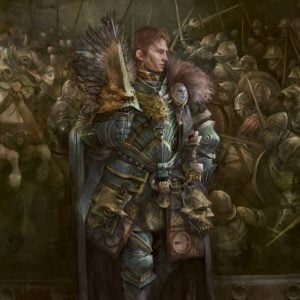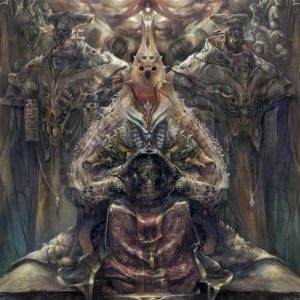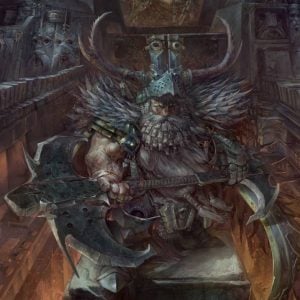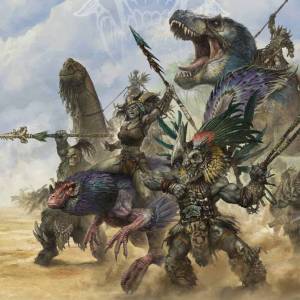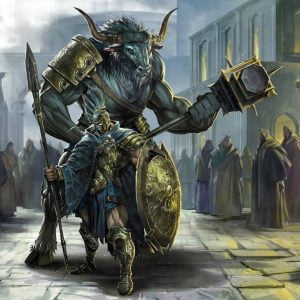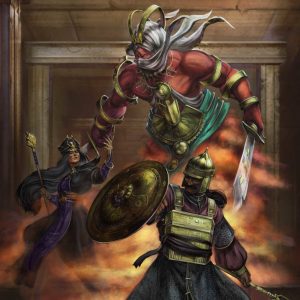
High up on the slopes and crevices of Dunkberg mountain southwest of Siilstok in Silisia, the Titan’s House awaits, with its tilted pentagonal structures, hidden and partly submerged into the sharp rock formations that claimed them. What can be seen from the Titan’s House is unique in its architecture and building aesthetic, not resembling any known civilization or even a Dragon’s Rook. Thus, many tales have been spun about “Those Who Came Before,” a race of people unlike any. Who its inhabitants were one can only guess but speculations and myths run wild, for the size of the buildings is enormous, made for creatures larger than the giants of the Nords — so much so that some claim that the mountain itself is in fact the main structure and what remains and can be seen are just wings, towers or rooms of a single, large castle, fit for nothing short of a god. What the truth is, no one has discovered yet. No writings, symbols or depictions adorn the ruined structure’s walls, nor have findings or tools been unearthed in its caves. What is known is that, apart from the Titan’s House, the Dunkberg houses one of the largest and most confusing cave complexes in the world, one which is yet to be fully explored and mapped, and which has claimed over six expeditions so far — five of them escorted by armed bodyguards.
While the Silisians have advertised and financially exploited the Titan’s House, it is hardly the only such remnant site in the Kingdoms. In Dannonia, the Dark Hand cliffs are not a natural formation, while the Count of Bran near Targovia lives in a foreboding castle that was supposedly not built by humans. North of Sachsden, in Hermannia, there is the Empty Hall — a lifeless valley which was proved to be fully paved with gigantic marble slabs. There is the White Rider of Woe Hill in Braeonia, created by the lost People of Woe, while only a little over a hundred paces from the port of Elysses there is the empty Sunken Coral City of the mythical Les Mergens. Norvden winter tales are filled with stories about the amphibian Mue’fi Goe, a long-lost indigenous species that carved house caves on the cliffs of the northern fjords — many of which have now been destroyed by the floating quarries. Even in their own province, on the southern part of Karlzwald forest, Silisians forget the Twisted Glade, an expanse of the forest covered by gigantic, black-barked sequoias which look twisted and bloated, their branches intertwining and forming entire platforms dozens of meters above the soil. Many believe they are remnants of the Weaver Conclave which once ruled over the forest; however, they are wrong. Even the Weavers avoided the place. Others consider the place haunted and, in a way, they are right. Strong magic still pervades the soil and trees here, strong enough to produce unforeseeable… events, often dangerous. Whether the Weavers at least knew who created the Twisted Glade or not, one can only guess. Whoever or whatever did create it, however, has long left the world and it is possible that it happened even before the Exile schism.
Blissful in their ignorance, the denizens of the Hundred Kingdoms have forgotten much of the knowledge that the Old Dominion had amassed. Had they not, they would know that the plural in “Those Who Came Before” is accurate; eons ago, entire civilizations had risen and fallen, corrupted by one Host or the other, only to be cleansed by the first Dragons. Judging by the lasting endurance of some of their creations, both physical and magical, it is perhaps best for them to be forgotten in misguided legends and their remnants shielded by ghost stories and fear.



